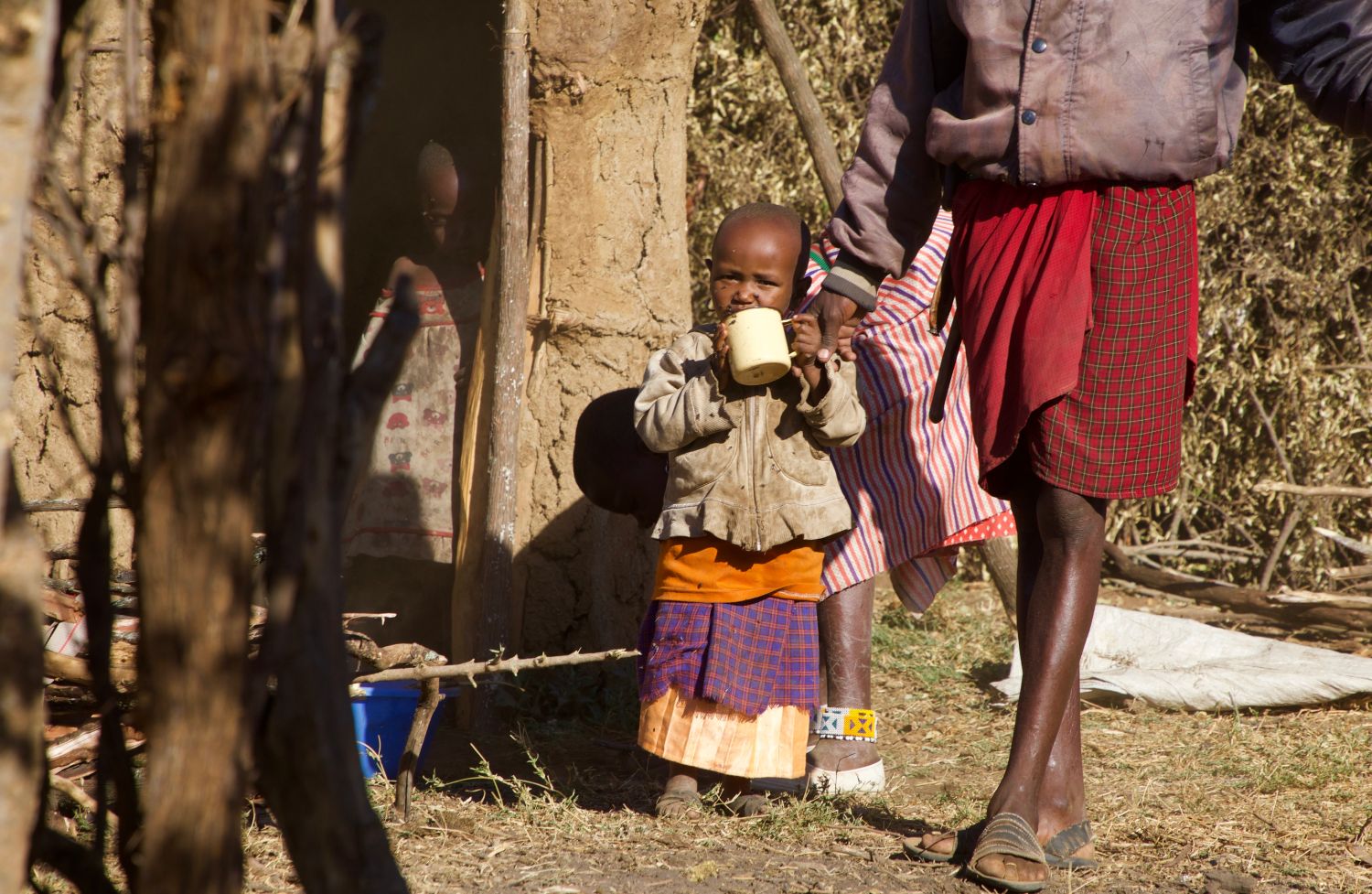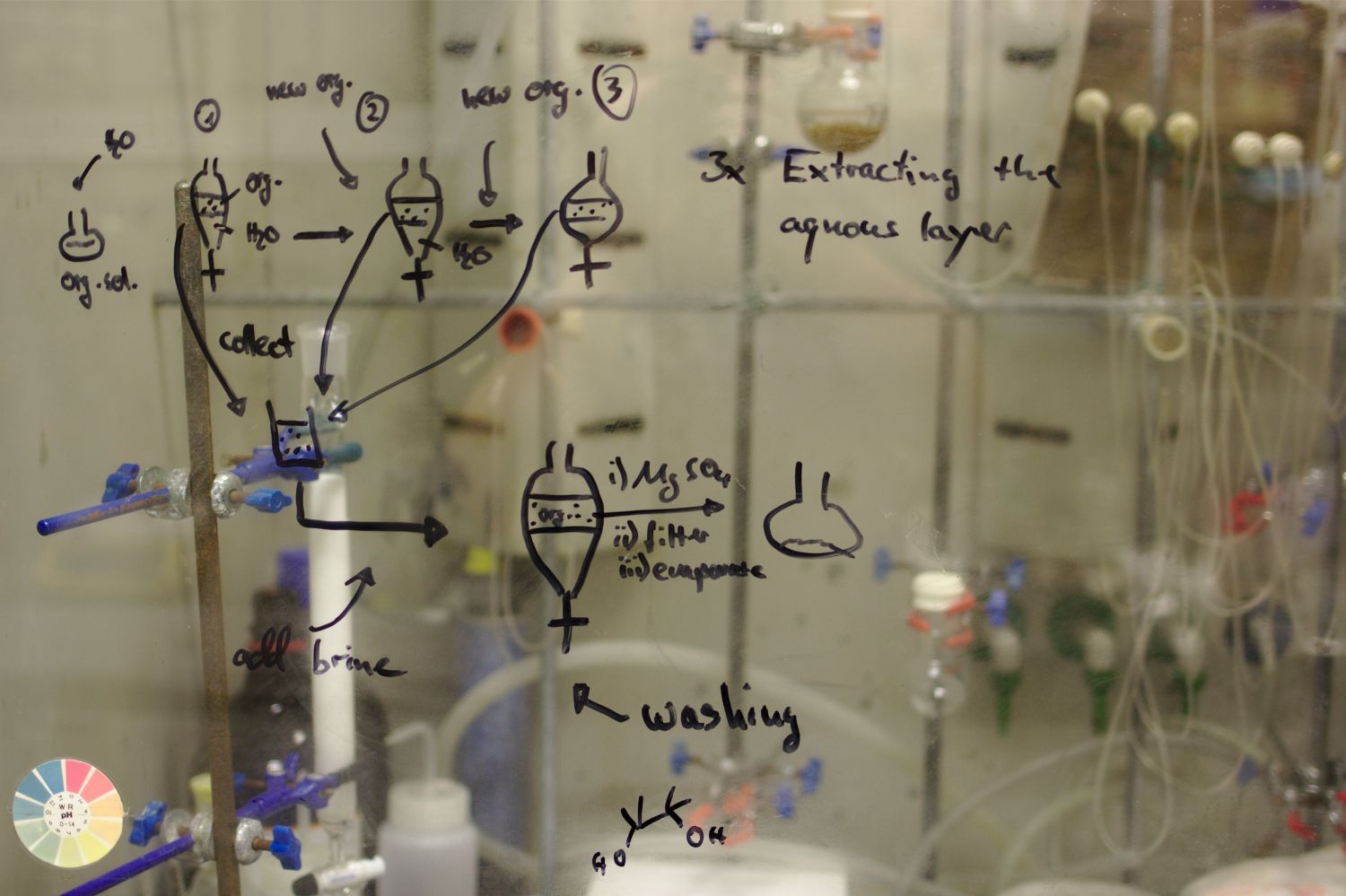Methods and Measurement Research
Course Text: “The Effect of an Integrated Multisector Model for Achieving the Millennium Development Goals and Improving Child Survival in Rural Sub-Saharan Africa: A Non-Randomised Controlled Assessment”
This article has been assigned as required reading for Program Evaluation, a spring elective at the CDE.
Read MoreCourse Text: “Methods of Household Consumption Measurement through Surveys: Experimental Results from Tanzania”
This article has been assigned as required reading in the CDE spring elective, Program Evaluation.
Read MoreCourse Text (Blog): Three New Papers on Measuring Stuff that is Difficult to Measure
This blog post has been assigned as required reading for the CDE spring elective, Program Evaluation
Read MoreOptional Reading: “The Power of Survey Design”
This text has been recommended as optional reading for the CDE spring elective, Program Evaluation.
Read MoreCourse Text: The Analysis of Household Surveys: A Microeconometric Approach to Development Policy
This text is required reading for the CDE spring elective, Program Evaluation.
Read MoreCourse Text: Mastering Metrics
This is a supplemental text for Program Evaluation.
Read MoreCourse Text: Running Randomized Evaluations: A Practical Guide
This is the required text for the CDE Course Program Evaluation
Read MoreProf. Ashraf recommends: “Replication Redux: The Reproducibility Crisis and the Case of Deworming”
In this article, Owen Ozier of the World Bank examines the difficulty of reproducing the results of seminal experiments through the example of the debate around mass deworming interventions.
Read MoreExecutive Summary: “Nudging Farmers to Use Fertilizer: Experimental Evidence from Kenya”
This executive summary on JPAL describes an experiment in which farmers in Kenya were provided with “nudges” to make purchases of fertilizer rather than putting it off suggests that small policy changes to the incentives people face can have outsized impacts.
Read MoreExecutive Summary: “Measuring the Impact of Microfinance in Hyderabad, India”
This executive summary from JPAL provides a synopsis of the microcredit intervention that finds mediocre effects of microcredit, perhaps because loosening credit constraints doesn’t help much if not everyone is cut out to be an entrepreneur.
Read More








